Hurricane Francine Relief: Ham Radio Operators Step Up in Louisiana
As Hurricane Francine tore through Louisiana, it left a trail of devastation that affected homes, infrastructure, and essential services. Among the casualties were local radio stations, which went off the air during the storm’s height, cutting off a vital communication lifeline for those in need. In this critical situation, ham radio operators once again demonstrated their invaluable role in disaster preparedness and relief.
The Role of Ham Radio in Emergencies
Amateur radio, or ham radio, has long been recognized for its ability to provide communication during emergencies when traditional systems fail. Whether it’s due to power outages, equipment failure, or infrastructure damage, ham operators can establish communication lines that other systems cannot. This was the case during Hurricane Francine, where local radio operators in Louisiana took action to fill the communication void left by the knocked-out stations.
Amateur radio operators, often part of organizations like the ARRL’s Amateur Radio Emergency Service (ARES), are trained to provide emergency communications during disasters. They often operate using battery power or generators, allowing them to continue functioning when the power grid goes down. With the radio stations offline, these dedicated volunteers sprang into action, coordinating relief efforts and providing crucial information to both emergency responders and the public.
Coordinating Relief Efforts
During Hurricane Francine, ham radio operators facilitated communication between emergency shelters, local law enforcement, and emergency medical services. Many of these operators have extensive experience in handling traffic during hurricanes, tornadoes, and floods, making them essential to the response teams on the ground. They coordinated the delivery of supplies, monitored road conditions, and relayed weather updates.
In some cases, ham radio operators also served as the direct link between isolated communities and rescue teams, providing up-to-the-minute information about flood levels, storm damage, and medical emergencies. Their role helped ensure that aid was directed where it was needed most, saving lives in the process.
A Critical Lifeline
The ability of amateur radio operators to provide real-time, on-the-ground communication in the face of power outages and equipment failures is unparalleled. During Hurricane Francine, ham operators not only kept critical communication lines open but also gave hope to communities that felt isolated by the storm. For those unable to access other forms of communication, these radio operators became a lifeline.
The ARRL’s emphasis on disaster preparedness has long encouraged local ham radio communities to be ready for emergencies like this. Operators involved in the Francine relief efforts had already taken part in numerous drills, preparing for scenarios in which traditional communication systems might fail. This level of preparation allowed them to act quickly and effectively, ensuring that their response was both timely and impactful.
Looking Forward: The Future of Ham Radio in Disaster Response
The role of ham radio in emergency communications is unlikely to diminish anytime soon. As natural disasters increase in frequency and intensity, so too does the need for reliable communication networks that can function independently of the infrastructure most people rely on daily.
In Louisiana, the efforts of ham radio operators during Hurricane Francine are a testament to the enduring relevance of this technology. By maintaining a network of dedicated, skilled volunteers, the amateur radio community continues to provide an invaluable service to society during times of crisis.
For those looking to get involved, organizations like ARRL offer training and certification for aspiring ham radio operators, emphasizing the importance of being prepared for emergencies. As Hurricane Francine has shown, when all else fails, ham radio steps in.
Conclusion
The involvement of ham radio operators in the relief efforts following Hurricane Francine highlights the ongoing importance of amateur radio in disaster preparedness. While modern technology has provided us with advanced communication tools, it is often the simplest, most resilient systems—like ham radio—that prove to be the most reliable when disaster strikes. The operators in Louisiana showed remarkable commitment and expertise, serving as a reminder that ham radio remains a critical component of emergency response networks worldwide.


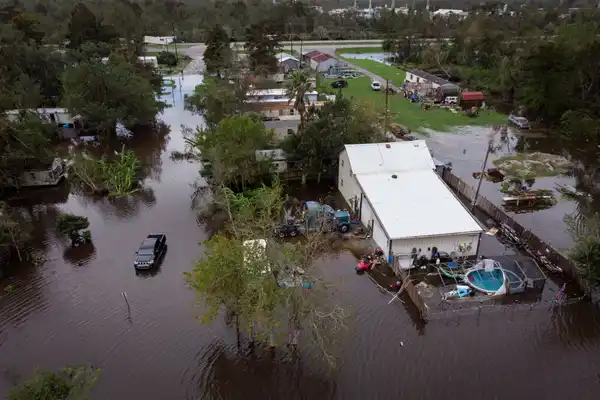
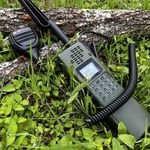



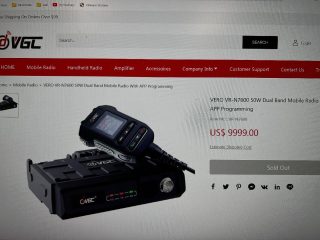


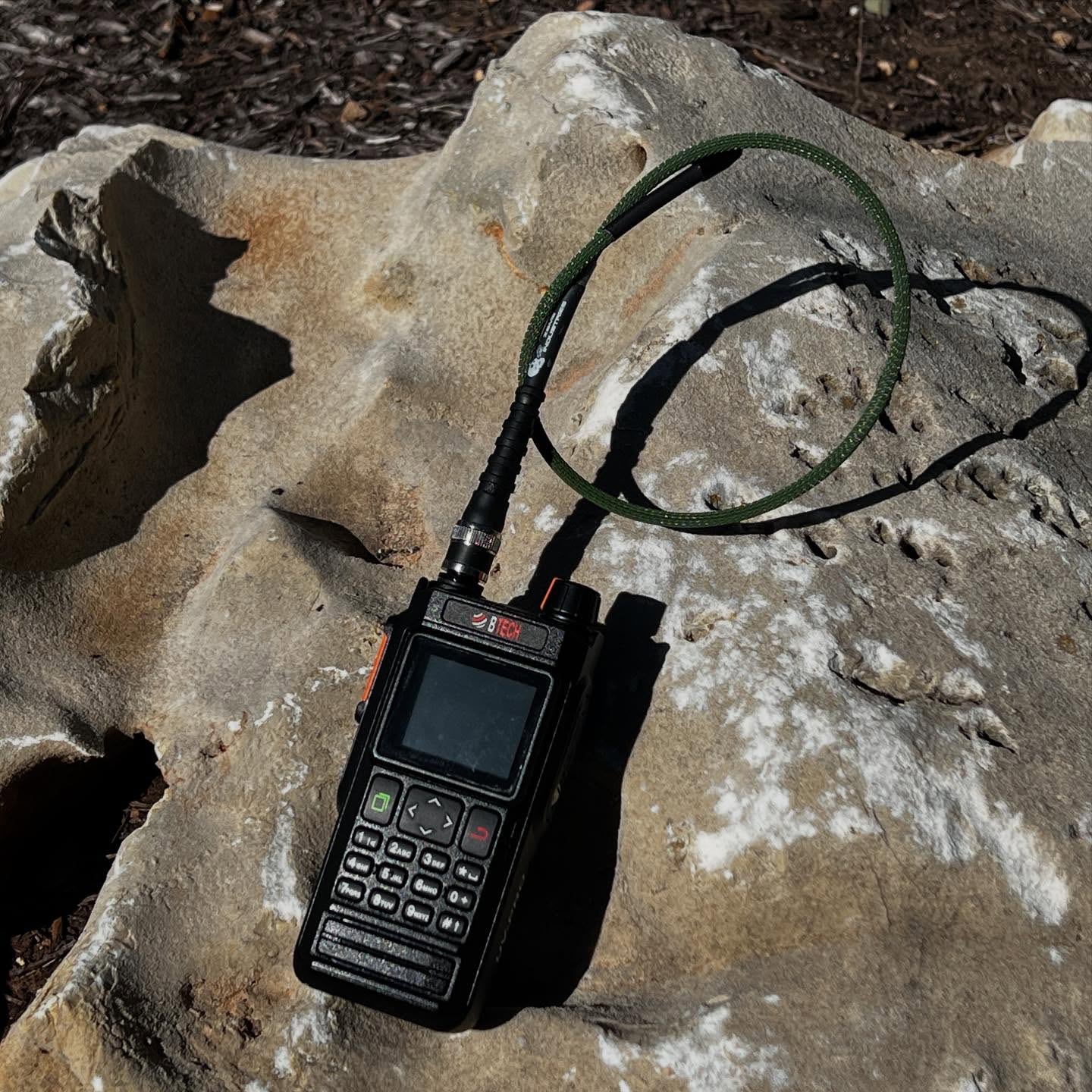
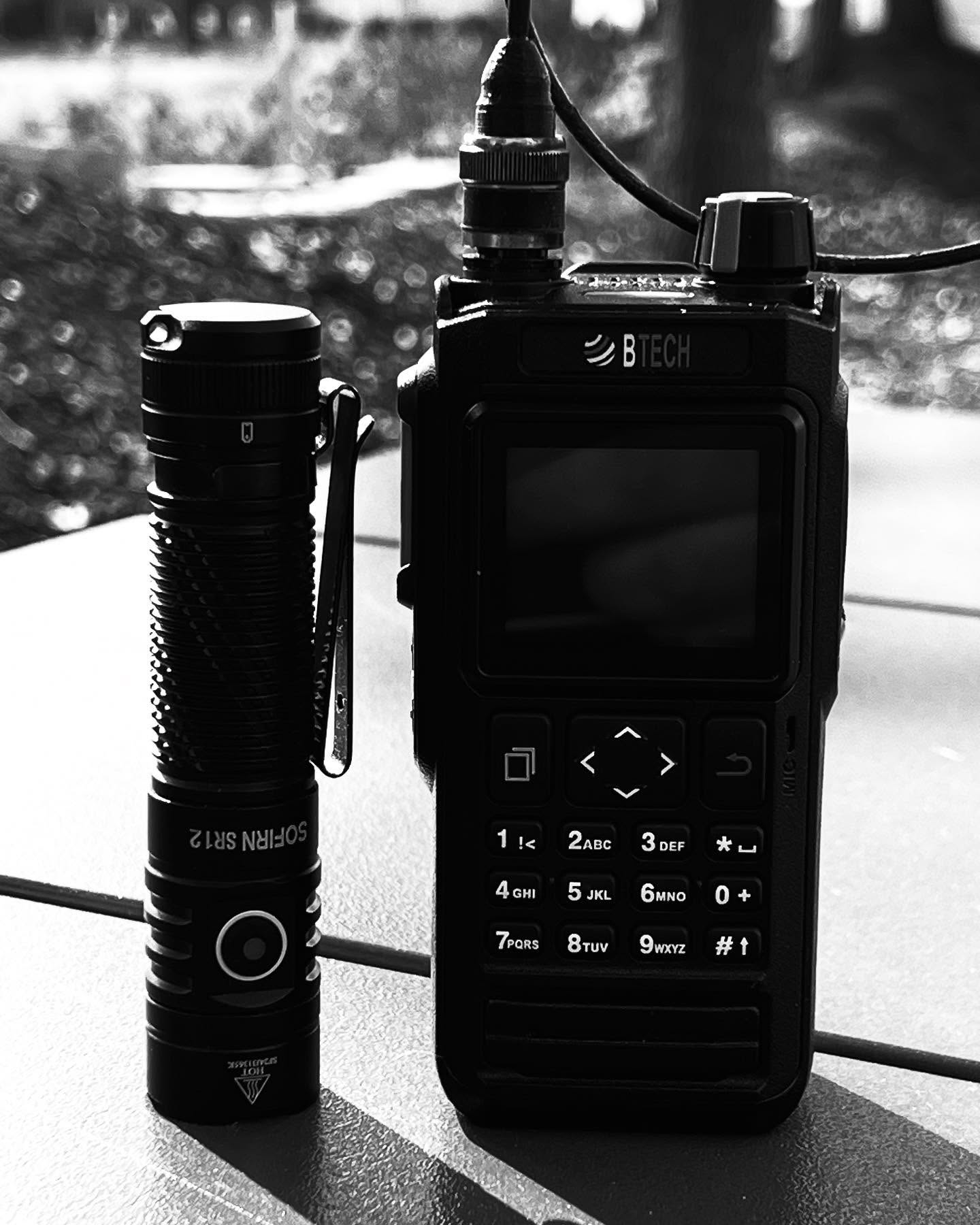



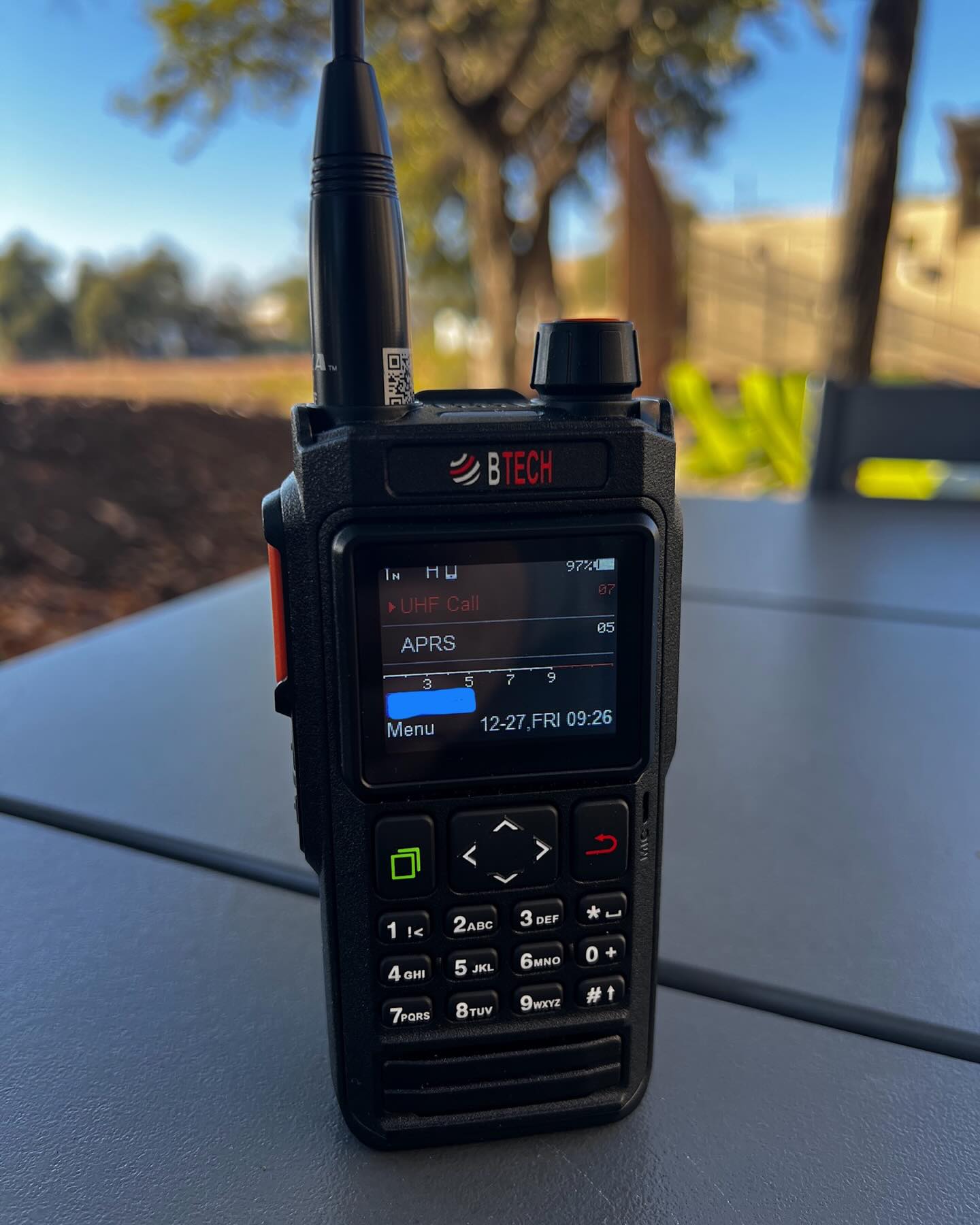
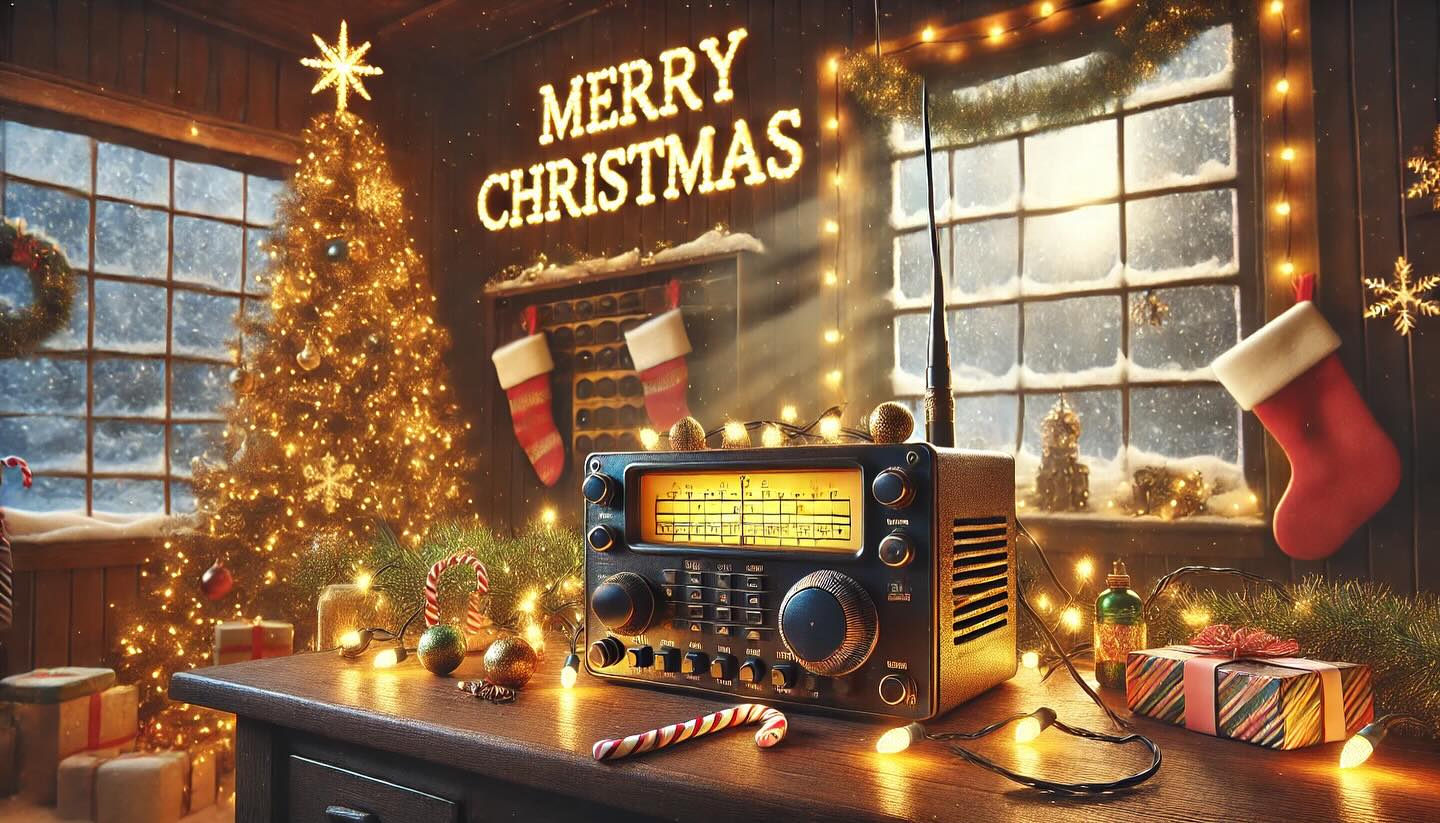

Leave a Reply